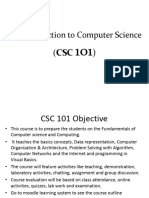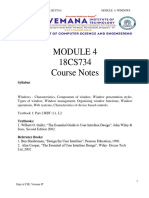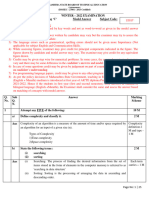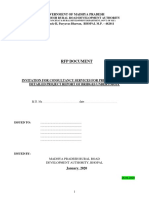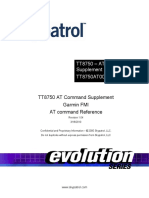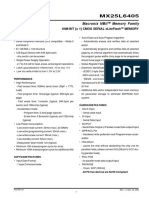0% found this document useful (0 votes)
74 views29 pagesCSC 102 Lecture 1
The document introduces core concepts of computing, including problem identification, problem-solving methods, and the computing process. It covers the history of computing, basic computer components, and the distinction between hardware and software. Additionally, it discusses problem-solving strategies, computational thinking, and the systematic approach to solving problems using algorithms and programming languages.
Uploaded by
darlingtonclimeCopyright
© © All Rights Reserved
We take content rights seriously. If you suspect this is your content, claim it here.
Available Formats
Download as PDF, TXT or read online on Scribd
0% found this document useful (0 votes)
74 views29 pagesCSC 102 Lecture 1
The document introduces core concepts of computing, including problem identification, problem-solving methods, and the computing process. It covers the history of computing, basic computer components, and the distinction between hardware and software. Additionally, it discusses problem-solving strategies, computational thinking, and the systematic approach to solving problems using algorithms and programming languages.
Uploaded by
darlingtonclimeCopyright
© © All Rights Reserved
We take content rights seriously. If you suspect this is your content, claim it here.
Available Formats
Download as PDF, TXT or read online on Scribd
/ 29












